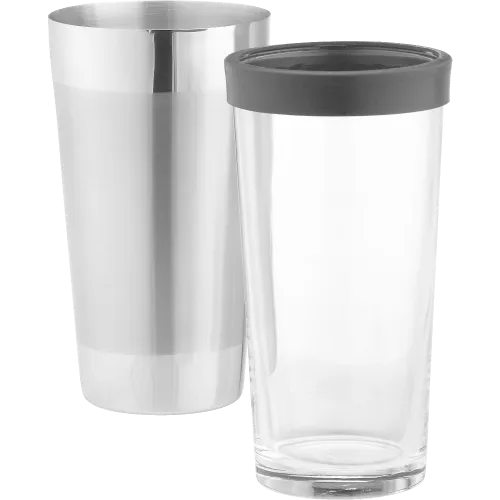
dutch cooker
The Versatile Dutch Cooker A Culinary Essential
The Dutch cooker, often referred to as a Dutch oven, is a heavyweight champion in the culinary world. This time-honored kitchen tool has been used for centuries and continues to be a staple in homes across the globe. With its robust design and versatile applications, the Dutch cooker is worth exploring in greater detail.
A Brief History
The Dutch oven has its origins in the 18th century in the Netherlands, where skilled artisans developed a method for making cast iron cookware. The term Dutch oven is believed to be derived from the casting process used in the manufacturing of these pots, which was refined in the Netherlands. Over time, these durable cooking vessels made their way to England and eventually to America, where they became a beloved item for outdoor cooking and everyday meals alike.
Design and Functionality
Typically made of cast iron, Dutch cookers are known for their thick walls and heavy lids that trap heat, moisture, and flavors. Many modern versions are enamel-coated, which adds a layer of protection and makes them easier to clean. Whether you opt for a classic raw cast iron piece or a colorful enameled version, the Dutch oven can withstand high temperatures and is suitable for use on the stovetop, in the oven, or even over open flames.
One of the most remarkable features of the Dutch cooker is its ability to provide even heat distribution, which is crucial for various cooking methods. From slow-cooking stews to baking bread, the Dutch oven excels in retaining heat and ensuring that food is cooked evenly.
Culinary Versatility
The versatility of the Dutch oven is what truly sets it apart. Home cooks and professional chefs alike can utilize this single piece of cookware for a variety of tasks
1. Braising One of the most popular methods is braising, which involves cooking meat slowly in a small amount of liquid. The Dutch oven’s tight-fitting lid helps preserve moisture, resulting in tender, flavorful dishes.
dutch cooker

2. Soups and Stews Whether it's a hearty beef stew or a light vegetable soup, the Dutch cooker can handle it all. Its capacity to simmer for long periods allows flavors to meld beautifully, creating comforting dishes perfect for any time of year.
3. Baking Surprisingly, the Dutch oven can also be used for baking bread. Many home bakers swear by it for creating crusty loaves, as the enclosed environment mimics a professional steam-injected oven.
4. Casseroles Preparing casseroles becomes a breeze with a Dutch oven. You can easily layer ingredients, bake them in the oven, and serve directly from the pot, minimizing cleanup time.
5. Frying The heavy construction of the Dutch oven makes it ideal for frying. It can hold a significant amount of oil to fry multiple servings at once, all while maintaining a consistent temperature.
Easy Maintenance
Despite its robust nature, maintaining a Dutch oven is relatively easy. For enameled versions, simply wash with warm, soapy water and avoid using abrasive cleaners. For raw cast iron pieces, a good scrub with hot water and a gentle brush is often sufficient. Seasoning the cast iron regularly can help maintain its non-stick properties and prevent rust.
Conclusion
The Dutch cooker is more than just a cooking pot; it’s a versatile companion in the kitchen. Its rich history, remarkable functionality, and ability to adapt to various cooking styles make it a cherished tool for any home chef.
Investing in a good quality Dutch oven can enhance your culinary adventures, providing you with endless opportunities for creating delicious, hearty meals. Whether you are a tenured chef or a novice in the kitchen, the Dutch cooker is undoubtedly a worthwhile addition to your culinary arsenal. Embrace the magic of this classic cookware, and discover the countless recipes you can create with it. Happy cooking!
-
Season Cast Iron Perfectly with GPT-4 Turbo TipsNewsAug.01,2025
-
High Quality Cast Iron Cookware - Baixiang County Zhongda MachineryNewsAug.01,2025
-
Premium Cast Iron Pan: Durable & Perfect HeatNewsAug.01,2025
-
High Quality Kitchen Durable Black Round Cast Iron Cookware Pancake Crepe Pan-Baixiang County Zhongda Machinery Manufacturing Co., Ltd.NewsAug.01,2025
-
Cast Iron Cookware - Baixiang County Zhongda Machinery | Nonstick, Heat ResistanceNewsAug.01,2025
-
High Quality Kitchen Durable Black Round Cast Iron Cookware - Baixiang County Zhongda Machinery | Non-Stick, Heat Retention, DurableNewsJul.31,2025


